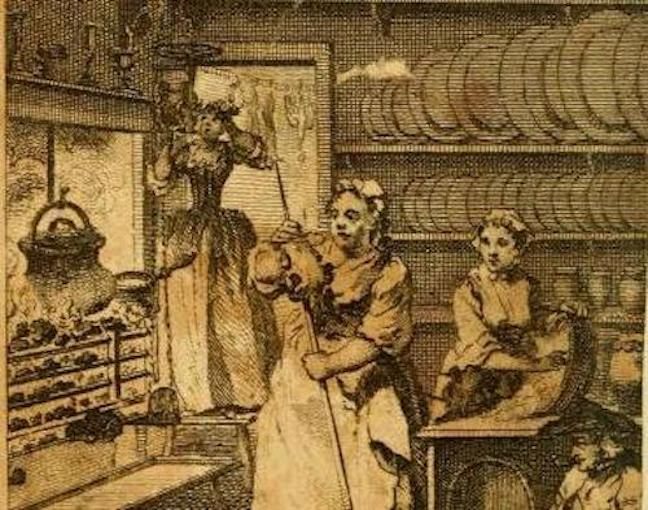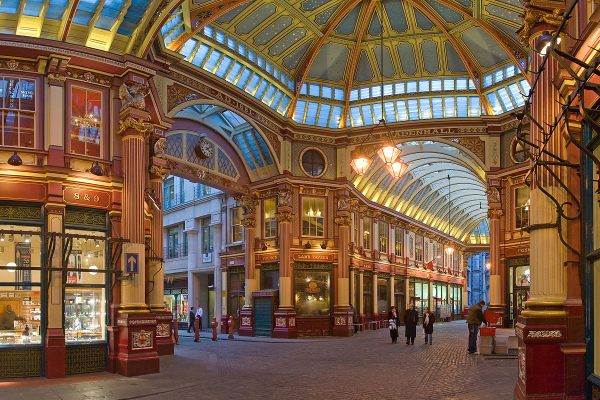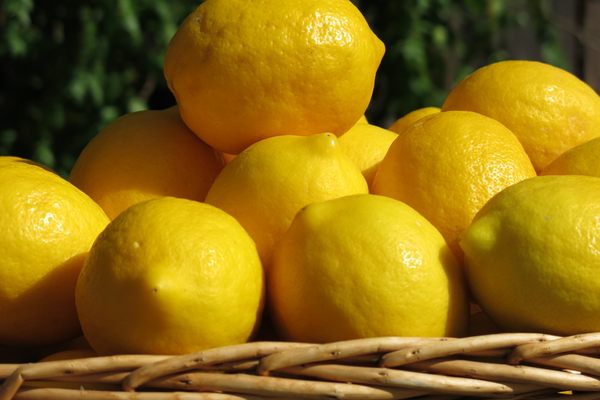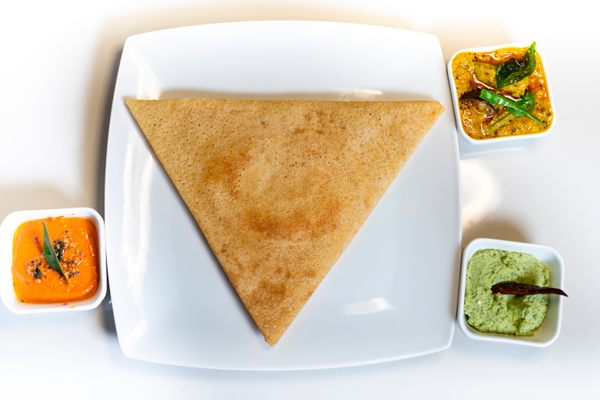Help Atlas Obscura Solve a Curious 18th-Century Riddle Menu
No one was really eating “quintessence of Toes” back then.

It’s hard enough to choose what to eat at a restaurant without the entire menu being in code. In the 1750s, though, a jokester in England penned two riddle menus meant to be more clever than appetizing. Dishes included “the Conveyors of Venus roasted” and “the Divine part of Mortals fry’d,” along with a side of “two Quakers hashed.” Dessert featured “a plate of Oxford scholars” washed down with “Counterfeit Agony.”
What could these riddles mean? In 2011, historian and writer India Mandelkern posited this question when she posted the two menus on her blog. While researching her food history dissertation at the British Library, she came across the striking, odd riddles in an anonymous manuscript. Though amusing, the menus offer a distinctive look into British culture and cuisine of the era. She also notes that while the menus refer to King George II, they never made it to the king’s table. They might have even been intended as political statements.
When Mandelkern posted the menus online, commenters immediately started to weigh in on what they might be referring to. The answers hinged on Biblical, political, and cultural references, as well as simple wordplay. One user noted that “Counterfeit agony” becomes a lot more palatable as Champagne. Another commenter, “OE,” made several excellent guesses: For instance, they suggested that “Dutch princesses pudding” could be referring to orange pudding, not unlike the royal House of Orange. Yet most of the decoded dishes “are not remarkable,” says Mandelkern. “They’re things that wealthy British people were eating during that time.”

One illustrious commenter was the food scholar Ivan Day, who said that the “riddle menus” likely originated from a 1751 edition of The Lady’s Companion, a cookbook and entertaining guide. (In the 18th century, Mandelkern says, cookbook authors always copied from each other.) Interestingly, variations on those riddle menus continued to be printed over the centuries in magazines and newspapers (even in Good Housekeeping, circa 1890), as puzzles for readers to solve.
In that same spirit, below is Mandelkern’s transcription of one of these riddle menus. Can you uncover the answers? Send us your thoughts below, and we’ll publish your answers in an upcoming feature.
His Majesty’s Dinner on the Following Day
First Course
A Fool’s head with a Lilliputian Sauce, garnish’d with Oaths.
A roasted Turnspit
The revenue of being proud in a pye
The Grand Seignour’s Dominions roasted
Side Dishes
An unruly Member
The best part of an Office
The inside of a Snuff Box roasted
A Maid with Jump Sauce, surrounded with Beaus fool’s Coats
A Dutch princesses pudding
Second Course
The Conveyors of Venus roasted
A couple of Threshing poets
The Divine part of Mortals fry’d
The Supposters of a Squeaker Stew’d
Third Course
Three Dragons swimming in Cows blood and Indian powder
Quagmires, quintessence of Toes, sweet Turds and a transparent Cock standing in the middle
Three fiery Devils smother’d in their own Dung
Side Dishes
Two Quakers hashed
A Sign in the Zodiack butter’d
The Desert (Dessert)
A plate of Oxford scholars
A plate of Couplers
A plate of prize Fighters
A plate of Mischief Makers
A plate of Two hundred thousand pounds
Liquors
The Joke of a puppet Shew
Counterfeit Agony
The twelfth part of a Chaldron of Coales
A Soliders Habitation, with a pretty Lady in it
Gastro Obscura covers the world’s most wondrous food and drink.
Sign up for our email, delivered twice a week.





































Follow us on Twitter to get the latest on the world's hidden wonders.
Like us on Facebook to get the latest on the world's hidden wonders.
Follow us on Twitter Like us on Facebook